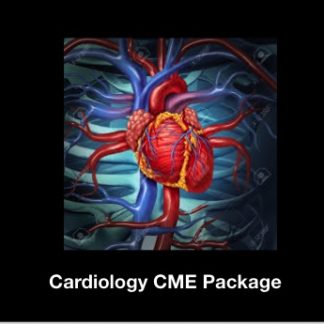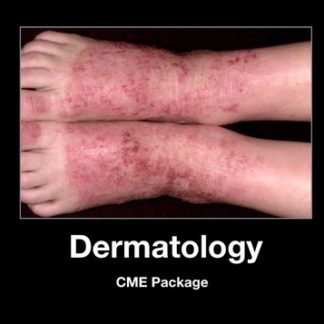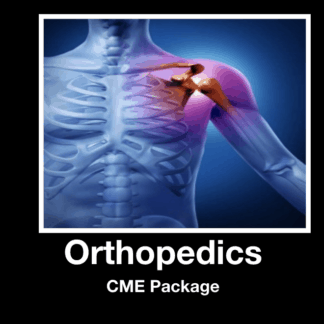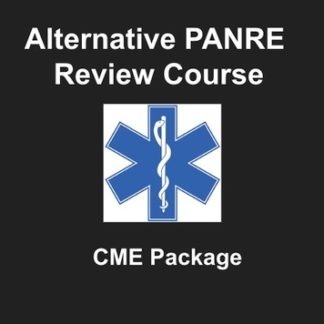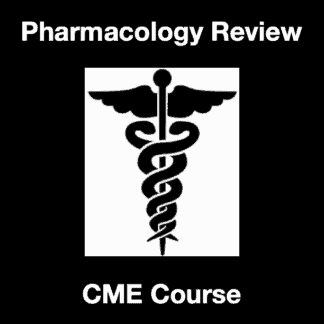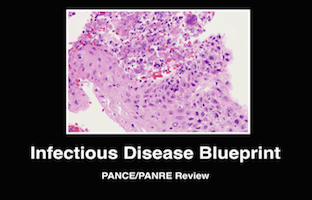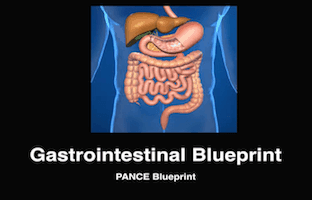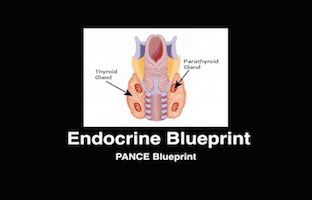Description
Infectious Disease PANCE/PANRE Review Course & Video
This section is review of the Infectious Disease Section for the NCCPA Blueprint topic list for the PANCE and PANRE. This section contains the Infectious Disease Lecture Video (1:16:52), as well as 67 Infectious Disease Multiple Choice PANCE style questions, answers and detailed explanations. Infectious Disease Lecture Slides are also included. This section will be continuously updated and you will be given access for 30 months.
This section is designed for physician assistants preparing to take the PANCE/PANRE. Medical students preparing for the USMLE and COMLEX may find this section helpful.
We do offer Category 2 CME with Amazon and Apple Gift Cards. Click here if interested in CME with Amazon and Apple Gift Cards
This is in a mobile friendly form.
Infectious Disease Blueprint Preview Questions, Answers, and Detailed Explanations:
Questions, Answers, and Explanations
Infectious Diseases Blueprint
Question 1
1. Your patient is a 44 year old male that presents with a new diagnosis of AIDS. He is in your office for counseling regarding vaccinations. Which of the following are true regarding immunizations in patients with AIDS.
A. Live virus vaccines may be given
B. Live bacterial vaccines may be given
C. Tetanus should not be given
D. Antibody response may be variable
Answer 1
1. Answer D is the correct answer. Antibody responses in vaccines in patients with HIV may not be predictable. Live viruses should be avoided in these patients. CD4 counts should be monitored closely.
Question 2
2. Which of the following signs and symptoms are not associated with botulism?
A. Flaccid facial expression
B. Blurry vision
C. Cranial nerve palsy
D. Ascending paralysis
Answer 2
2. Choice D is the correct answer. Descending paralysis not ascending paralysis is not associated with botulism. Botulism also can have cranial nerve palsies, flaccid facial expression, and blurry vision. Other clinical features include slow heart rate, normal blood pressure, and no sensory deficits. Treatment is penicillin G or flagyl IV.
Question 3
3. Your patient is a 34 year old female with an HIV positive lab test. All of the following illness would be considered an AIDS defining illness except?
A. Invasive vaginal cancer
B. Esophageal candidiasis
C. CMV Retinitis
D. Cryptococcus
Answer 3
3. Choice A is the correct answer. Invasive cervical cancer not vaginal cancer is an AIDS defining illness. Other AIDS defining illness with a positive HIV test include: esophageal candidiasis, CMV, cryptococcus, P. Carinii, Kaposi sarcoma, HIV associated dementia, toxoplasmosis, immunoblastic lymphoma, chronic cryptosporidiosis, Burkitt Lymphoma, disseminated histoplasmosis, and chronic herpes simplex
Question 4
4. Your patient is a 35 year old male diagnosed with malaria. You are considering putting him chloroquine. Which of the following strains are most likely to be chloroquine resistant?
A. Ovale
B. Vivax
C. Malariae
D. P. Falciparum
Answer 4
4. Choice D is the correct answer. Plasmodium Falciparum is the most virulent of all the strains of malaria, most likely to cause death, and most likely to be chloroquine resistant.
Question 5
5. Which of the following diseases is the most common opportunistic infection with AIDS?
A. Pneumocystis Pneumonia
B. CMV pneumonitis
C. CMV retinitis
D. Mycobacterium Tuberculosis
Answer 5
5. Choice A is the correct answer. Pneumocystis Carinii Pneumonia is the most common opportunistic infection with AIDS patients.
Question 6
6. Your are working up a patient suspected of Rheumatic Fever. All of the following are considered major criteria Acute Rheumatic Fever except:
A. Migratory Arthritis
B. Erythema Marginatum
C. Subcutaneous Nodules
D. Elevated CRP or Sed Rate
Answer 6
6. Choice D is the correct answer. The Jones Criteria for diagnosis of ARF major criteria include: Migratory arthritis (large joints), carditis or valvulitis, CNS involvement (Sydenham Chorea), Erythema Marginatum, and subcutaneous nodules. Minor criteria include: fever, prolonged PR interval, elevated CRP or ESR, and arthralgias. To make a diagnosis you need one major criteria and two minor criteria.
Question 7
7. Your patient is a 7 year old male that presents with appears to be a tick bite on his right thigh. His parents report him being in a wooded area that is known for ticks. He has a circular rash around the site. Which of the following is the best treatment plan?
A. Amoxicillin
B. Clindamycin
C. Bactrim DS
D. Doxycycline
Answer 7
7. Choice A is the correct answer. Amoxicillin, cefuroxime, and doxycycline are equally effective in treating Lyme disease. Doxycycline is incorrect because it should not be given to patients that are less than 8 years of age. Clindamycin and Bactrim DS have not shown to be effective against Lyme disease.
